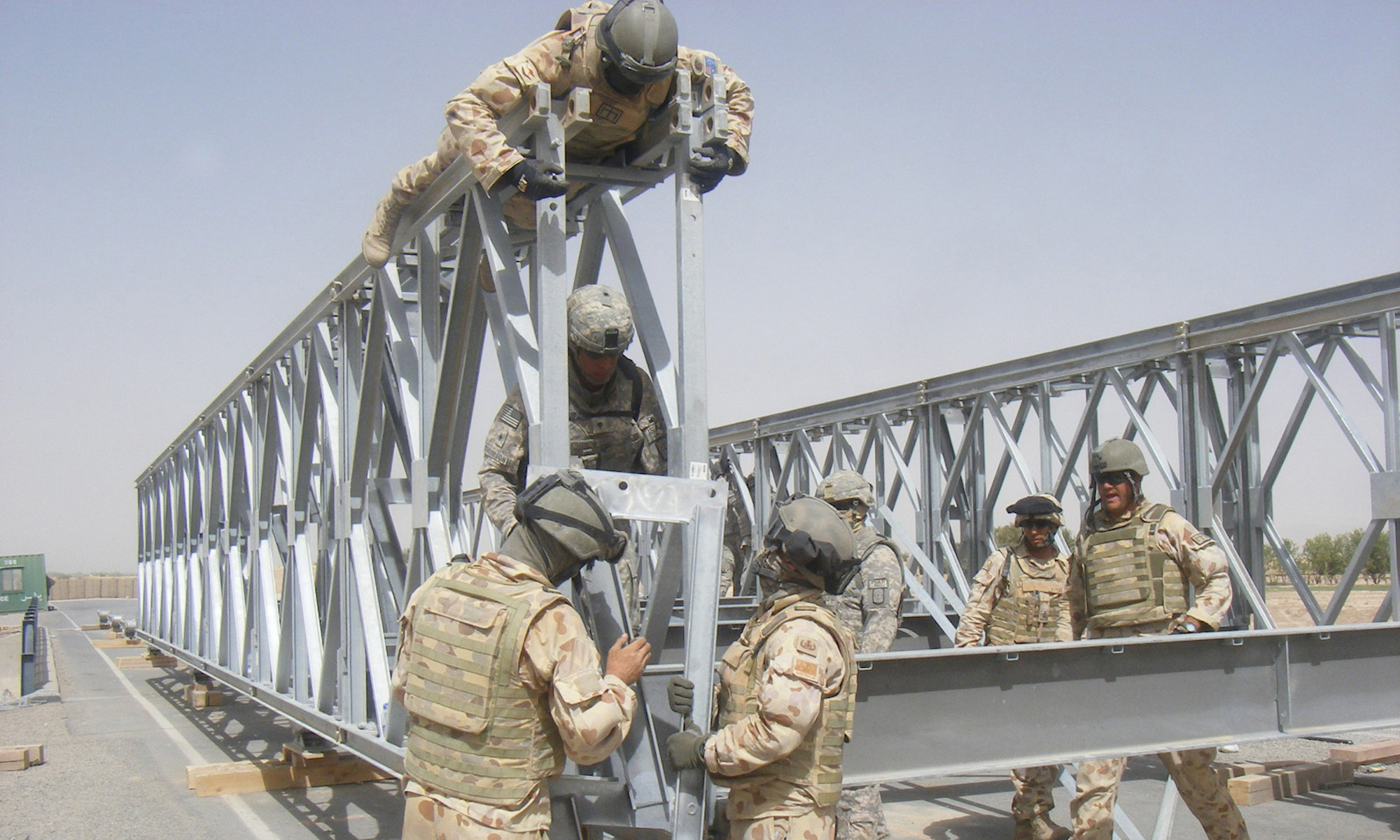This report presents the results of the study on the demobilization and reinsertion of excombatants from illegal armed groups in Colombia. The report describes and analyzes the Colombian case, compares it with international experience, discusses critical issues of the current program, and presents options to improve its design and implementation. The study responds to a request by the Colombian government to conduct an assessment of the previous and current approaches to demobilization and reinsertion in Colombia and, in light of national and international experience, to present options to improve the program. This study relied principally on secondary data and information from existing studies, essays, and press articles produced by government agencies, nongovernmental organizations, United Nations and bilateral agencies, specialized analysts, and media. The analysis also used primary information collected for the study, including: (1) information from interviews with government and non-government sources about the current condition of individuals demobilized during the 1990s; (2) the profiles of a sample of young excombatants (18-26 years old) enrolled in the current reinsertion program in Medellin and Bogota; (3) the assessment of the demobilization and reinsertion experience of the 1990s as viewed by leaders of existing foundations from four of the demobilized groups; and (4) a special work session held with 50 representatives from diverse private-sector associations and businesses. This study assesses Colombia’s experience using a framework of five interwoven phases from armed conflict to peace: prevention, demobilization, reinsertion, reintegration, and reconciliation. This framework together with accumulated national and international best practices in technical aspects of the operations of disarmament, demobilization, and reinsertion (DDR) programs are used in the analysis of the current Program of Demobilization and Reinsertion (PDR).

INSCT Postconflict Research Database
The Institute for National Security and Counterterrorism's Postconflict Research Database & Analysis Project stores cross-indexed bibliographic information on hundreds of journal articles, books, book chapters, and case reports that address the broad, interdisciplinary fields of postconflict reconstruction, stabilization, and peacebuilding.